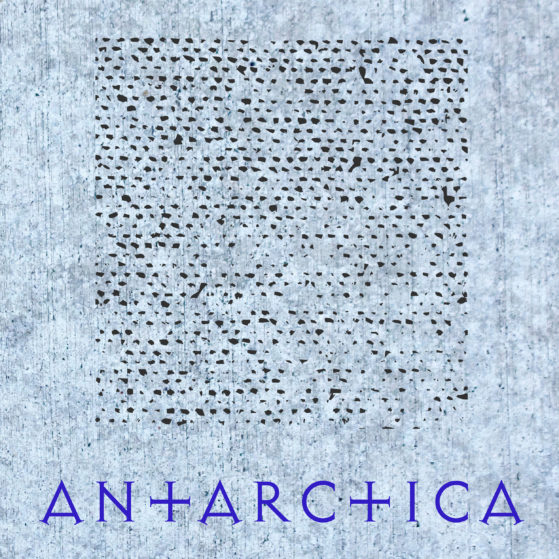It’s a dirty little secret of mine. While I do use some real percussion instruments on my recordings- the tambourine, shaker, and various other sounds are real- when you hear a drum set on all but a handful of my songs, it’s a drum machine. Sure, the technology has advanced exponentially over the past several years, and because I can play drums a little I make sure that what I program is something that a real drummer might play. I’m also careful to avoid impossible things they can’t play (as the majority of drummers max out at two hands).
I don’t really talk about it too much, because for a long time I was embarrassed, but I record at home in my two bedroom apartment. It’s so common now, that it’s almost become a campy, positive thing. Point being, I have neighbors who are very forgiving already- putting up with my yelling/singing when I record. A thunderous drum set in my tiny apartment is out of the question, so I’ve always made use of samplers and various other digital tools to make things ‘sound’ like a real drum set.
In February of this year, I attempted the RPM Challenge, which encourages artists to record 10 songs within the 28 days of that month. I eeked out about three-quarters of one song called ‘Knit Cap’. I’m not sure why… but I thought to myself that this song in particular would benefit from a real drum part.
I reached out to Howard Windmiller, who played drums in the 90’s with Kid Million and is now active as the drummer in David Singer and the Sweet Science. As luck would have it, Howard was going into the studio with David the following week and said he’d be happy to lend his drumming skills to the track while he was there.
I quickly put together a demo of what I had so far (pretty much the whole song but without any vocals in the chorus) that had drum machine on it so he could get an idea of the beat I was looking for. I also provided him a version of the song without any drums, which he could listen to as he was recording, and finally a click track so I could sync up all of his parts later.
Howard went into a proper studio- Chicago’s Narwhal- with sound treatment and good mics, and recorded three takes of the song before settling on the last one. His engineer, Brian Deck, put the 10 isolated drum tracks back into my DropBox:
Kick Drum (front)
Kick Drum (back)
Snare (top)
Snare (bottom)
Hi-Hat
High Tom
Low Tom
Overhead Mic Stereo Pair (left/right) the overheads capture the entire kit, but predominantly the cymbals
Room Mic (a mono track from a mic placed 15-20 feet away from the drum set)
I loaded all the new drum tracks back into my workstation and began to mix. I’m used to all of these different sounds being on one stereo track from the drum-machine. Getting the real drums to sound good was a bit of a challenge, but a very welcome one. Howard laid down a solid, solid beat, and threw in some sick fills at just the right spots to make the track come alive.
Now it sounds like a real song!

I happily went into the project files and moved some of my parts around to fit his. Instead of, for example, the guitars and bass coming in on the exact first beat of the song, I slid them a few hundred milliseconds earlier to match where Howard’s first blast comes in. A real drummer brings feel to a track. This song now sounds more like a “band”.
I decided that going forward, if a song calls for a real drum kit, I’m going to go through the same process of giving Howard the basic tracks, then spending $50/100 for an hour of studio time to get real drums on the track. Drum machines are not inherently bad, and they can make a whole world of sounds a real drum set can’t (listen to my track Shangri-La). I’m just going to go about my recording business as usual, and when I realize I’m using a drum machine to fake a real drum set, I’m going to call Howard and get the real deal.
The new song is called ‘Knit Cap’ and I’ll be releasing it as a single shortly after the promotion cycle for the Reality Jockey album has finished.



